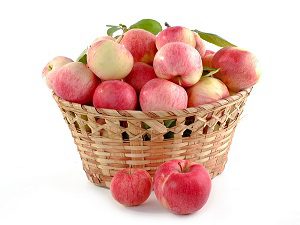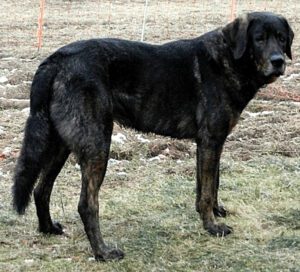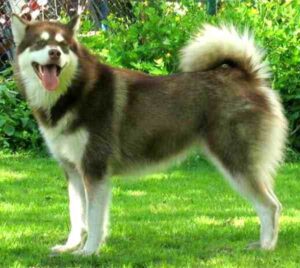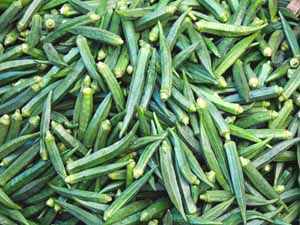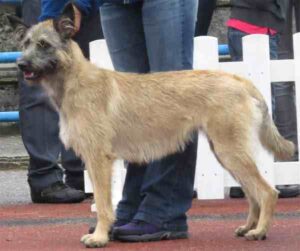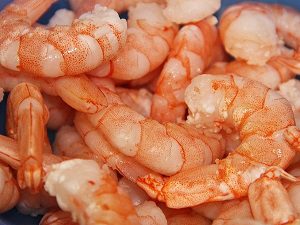The Dingo dog is a breed of dog found in Australia. It is sometimes considered as a breed of dog, and sometimes a species separate from the domestic dog. It is also known by some other names such as Australian Dingo, Australian Native Dog, Maliki, Warrigal, Noggum, Mirigung and Boolomo.
Taxonomic classification of this dog is debated. It is a medium sized canine that possesses a lean, hardy body and it is adapted for speed, agility and stamina.
The earliest known Dingo fossil, found in Western Australia, dates to 3,450 years ago, which led to the presumption that dingoes came to Australia with seafarers prior to that time (possibly from south-west Sulawesi in modern day Indonesia).
Dingo morphology has not changed over the past 3,500 years. This suggests that no artificial selection has been applied over this period.[1]
It is believed that the Dingo is the ancestor of all dog breeds (the base stock of the 600 true dog breeds). The dogs and people made their trek before Australia was cut off from the mainland and surrounded by water.
Captain William Damphier, who wrote of the wild dog in 1699, first officially noted the Dingo. Originally kept by some Australian native groups as an emergency source of food. A direct descendant of the original pariahs from the Middle East and southeastern Asia, the Dingo became savage and returned to the wild.
With the European’s introduction of domestic sheep and rabbit, the Dingo population flourished. Because of the Dingo’s preying on man’s livestock, the relationship between the two has been untidy and quarrelsome.
Today a few people are now concerned with the native dog as a “living fossil” and are working toward studying and preserving it.[2]
Dingo Dog Characteristics
The Dingo dog is a medium sized dog that possesses a lean and hardy body. The skull is wedge-shaped and appears large in proportion to the body.
Dingo dogs have intense eyes that very in color from yellow to orange. They have very mobile, small and rounded ears which are naturally erect.
They have well furred (appearing bushy) tail which is relaxed and has good length. The hindquarters are lean and muscular.
The coat is soft and it’s length, density and texture very according to the climate. The breed’s three main coat coloration are light ginger or tan, creamy white and black and tan. All pure Dingoes have white hair on their feet and tail tip.
Average body height of the mature dogs is between 19 and 23 inches at the withers. And average live body weight of the mature dog is between 23 and 32 kg.
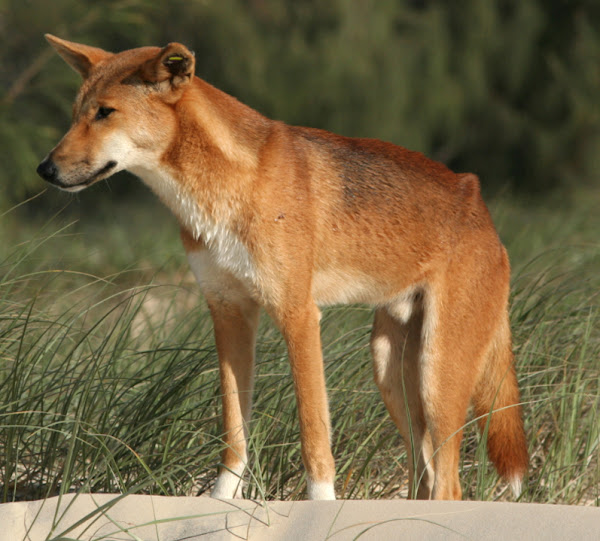
Temperament
Actually the Dingo dog is a breed that has never been fully domesticated. And it is almost never kept as a companion. This is partly due to it’s remote isolation, but also through lack of human intervention.
Untrained Dingoes are unsuitable child companions and con not easily be obedience trained. Obedience training is best accomplished by kindness, patience, and a firm but gentle hand.
The Dingo dog can be kept as pets if they are taken from the litter before 6 weeks of age. And they can be tamed at this young age. But they should not be taken out of the wild once over 10 weeks.
Lifespan
Average lifespan of the Dingo dog in the wild is between 3 and 5 years, with few dogs living 7-9 years. In captivity, they live for 14 to 16 years. And one Dingo has been recorded to live just under 20 years.
Feeding
How much a mature dog eats depends on it’s size, age, build, metabolism and activity level. Dogs are individuals, just like people, and they don’t all need the same amount of food.
The Dingo dogs are medium in size, but they are very active. So, their diet should be formulated for a medium-sized breed with high exercise needs. You can consult with a vet in your area for better feeding recommendations.
Caring
If you keep Dingoes as pets, then it is very important to take good care of the dogs. You should always keep up with your dog’s regular vet checkups to detect any health concerns early. Your vet will be able to help you to develop a caring routine that will keep your dog healthy.
The Dingo dogs are not recommended for apartment life. They are wild dogs, that if taken into a family, must not be chained up in a backyard, but should be taken in as part of the family. A securely fenced enclosure is a must.
The Dingoes are very active and they should get plenty of exercise, if you raise them as pets. They need to be taken on daily, long walk or jog when in captivity (doing this will satisfy their natural migration instinct).
Grooming Dingo dogs is very easy. They have weather-resistant coat and they can take care of the coat by themselves. The breed has no doggie odor.
Health
The Dingo dogs are generally healthy. No major health problems are known in this breed. Although, you should keep good contact with a vet in your area.
| Breed Name | Dingo |
| Other Names | Also known by some other names such as Australian Dingo, Australian Native Dog, Maliki, Warrigal, Noggum, Mirigung and Boolomo |
| Breed Size | Medium |
| Height | Between 19 and 23 inches at the withers |
| Weight | Between 23 and 32 kg |
| Good as Pets | Yes |
| Climate Tolerance | All climates |
| Color | The breed’s three main coat colorations are light ginger or tan, creamy white and black and tan |
| Lifespan | Between 3 and 5 years, with few dogs living 7-9 years. In captivity, they live for 14 to 16 years. And one Dingo has been recorded to live just under 20 years |
| Good for Children | Yes |
| Rarity | Common |
| Country/Place of Origin | Australia |

